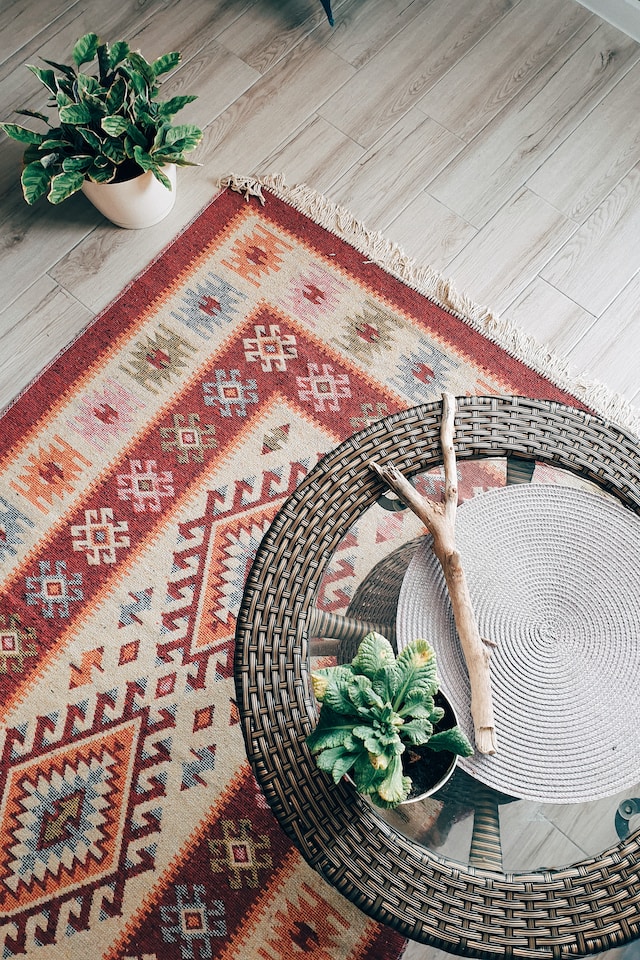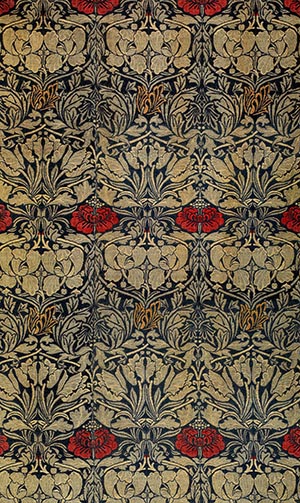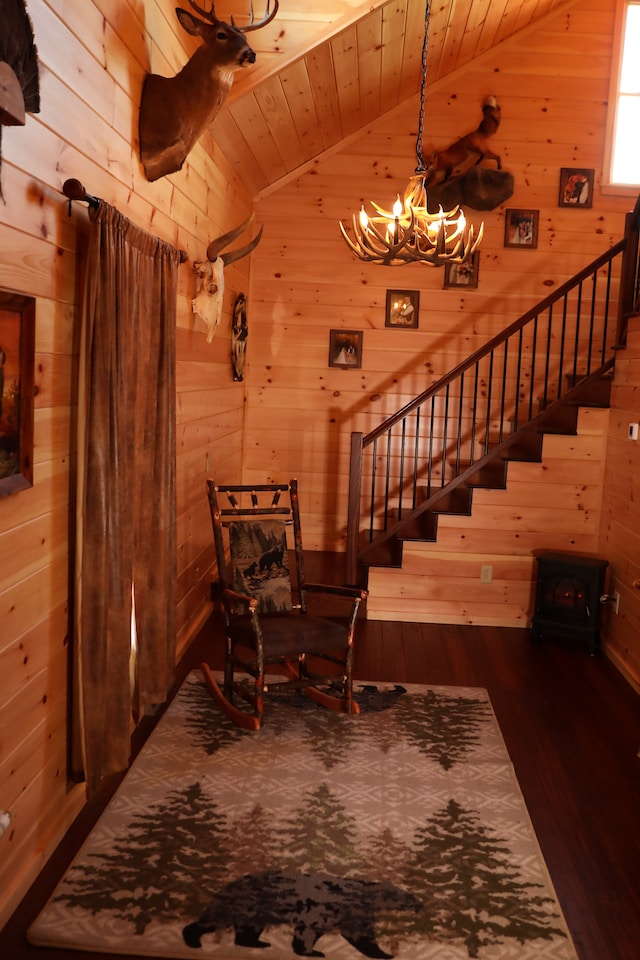
The history of tribal Moroccan rugs is a diverse and ancient one. From intricate designs crafted in wool to elaborate patterns made from silk, these beautiful works of art have been adored for centuries. A wide variety of motifs are found in these rugs, ranging from geometric shapes to animals and plants. The colors used in the weaving process are often vibrant and can range from deep blues and greens to bright yellows and oranges. Many believe that the design elements seen in these rugs were developed by nomadic tribes who traveled throughout Morocco during the Middle Ages.
Tribal Moroccan rugs have a long-standing reputation as being some of the most exquisite pieces available on the market today. They can be found at various markets across Morocco, where they are sold by local traders or even directly at artisan workshops. These skilled artisans use traditional methods such as hand-spinning, dyeing, and weaving to create stunningly detailed products that reflect their individual culture and history.
Due to their high quality construction and rarity, tribal Moroccan rugs are highly sought after by collectors around the world. Not only do they provide an aesthetic beauty that is hard to find elsewhere, but they also offer a unique insight into Moroccan culture through their intricate details and symbolism. Whether it is an antique piece or something more contemporary, owning a tribal Moroccan rug offers both artistic value as well as cultural significance.
Tribal Moroccan rugs are a unique and beautiful form of art that have been passed down through generations. They are created with intricate patterns, bright colors, and deep symbolism that tell stories of the culture's history and traditions. Types of Tribal Moroccan rugs vary depending on the region in which they were created, but some common types include kilim, shaggy, and boucherouite rugs. Kilim rugs are usually flat weave carpets made from wool or goat hair that feature geometric designs. These carpets can be used both as floor coverings or wall hangings. Shaggy rugs have long strands of material woven together to create a soft texture and often feature bold colors and abstract patterns. Boucherouite rugs are colorful patchwork pieces that use recycled fabrics with decorative motifs such as flowers or animals sewn onto them. All three types of tribal Moroccan rugs make great statement pieces for any home and will add an extra layer of beauty to your décor!

Tribal Moroccan rugs are a unique and beautiful way to add style and texture to any room. The intricate patterns, bold colors, and traditional designs make these rugs stand out from the crowd. From Berber tribes in the Atlas Mountains to desert nomads in Morocco, each rug has its own distinct features that make it special.
The most common feature of tribal Moroccan rugs is their vibrant color palette. Bold reds, blues, greens, oranges, yellows, and purples can all be found throughout the weavings. There are more muted tones as well for those who prefer a softer look. Geometric motifs such as diamonds, squares, crosses, stars, zigzags, triangles are often seen on these carpets too. Each rug is woven with wool or cotton thread and hand-knotted for durability.
A key distinctive characteristic of tribal Moroccan rugs is their use of natural dyes that give them their rich hues. Derived from plant sources including pomegranate skins and madder root dyeing process creates subtle gradations in color which add depth to each piece making it truly one of a kind.
Finally one cannot talk about tribal Moroccan rugs without mentioning the symbolism they contain within their designs. Symbols like birds represent freedom while hexagons signify protection from evil spirits; both have been used by generations of Moroccans for centuries to bring good luck into homes and ward off bad luck from entering them . No matter what pattern or style you choose these timeless works of art will surely bring beauty into your space!
Tribal Moroccan rugs are a source of immense cultural significance for the people of Morocco. These hand-crafted works of art have been woven by craftsmen for centuries, and they embody the traditions and values of their makers. The intricate designs, vibrant colors, and unique patterns tell stories about the culture, history, and beliefs of the artisans who created them. Not only do these rugs serve as a beautiful reminder of past generations, but they also provide an important link to the present day. By looking at a tribal Moroccan rug, one can gain insight into how Moroccans view their world and how they want to express themselves in it. In addition to being aesthetically pleasing pieces of craftsmanship, these rugs carry with them a deep sense of pride among their creators and owners alike. They are not only valuable items that can be passed down through generations; they are symbols that remind us all to take time to appreciate our own cultural heritage.


Care and maintenance of tribal Moroccan rugs is essential for their longevity. The intricate details, unique designs, and vibrant colors make these carpets highly sought after by individuals all over the world. To ensure that your rug remains looking its best for years to come, proper care must be taken when cleaning and handling it. Regular vacuuming or dusting will help keep dirt from settling into the fibers. Spot cleaning with a clean damp cloth should suffice for most spills or stains, but take care not to rub too hard as this may cause damage to the delicate weaving. If there are any stubborn stains, contact a professional cleaner who specializes in tribal carpet cleaning services. Also, direct sunlight can cause fading and discoloration over time so it's important to keep your rug away from windows or other sources of strong light exposure. Lastly, avoid placing furniture directly on top of the rug as this can lead to crushing and flattening of the pile. With a few simple steps you can ensure that your tribal Moroccan rug remains an eye-catching piece in your home for many years to come!
Travelling to Morocco for authentic tribal Moroccan rugs is an exciting experience. Whether you are looking for vibrant, textured pieces or muted, classic designs, there is something to suit everyone's tastes. To ensure you are buying genuine tribal Moroccan rugs, it is important to source them from reputable dealers. Look out for sellers who specialize in traditional Moroccan craftsmanship and have a long-standing history of supplying quality rugs. It's also wise to purchase direct from weavers themselves as they can guarantee the authenticity of their work. Finally, be sure to inspect the rug carefully before committing to buy – paying close attention to its condition and any markings that may indicate age or origin. With these tips in mind, your search for an exquisite authentic tribal Moroccan rug should be a success!
Tribal Moroccan rugs are handmade carpets made by craftspeople from rural areas of Morocco, usually featuring geometric patterns and vibrant colors.
You can find tribal Moroccan rugs in stores that specialize in handmade carpets or online retailers that carry a variety of rug styles.
The cost of tribal Moroccan rugs depends on the quality and size of the rug, but they typically range from $200 to $1000 or more.
Yes, most tribal Moroccan rugs are highly durable due to their thick wool fibers and strong construction techniques used by artisans.
To best care for your tribal Moroccan rug, vacuum regularly and spot-clean with a mild soap solution when needed; avoid direct sunlight exposure as this may cause fading over time.